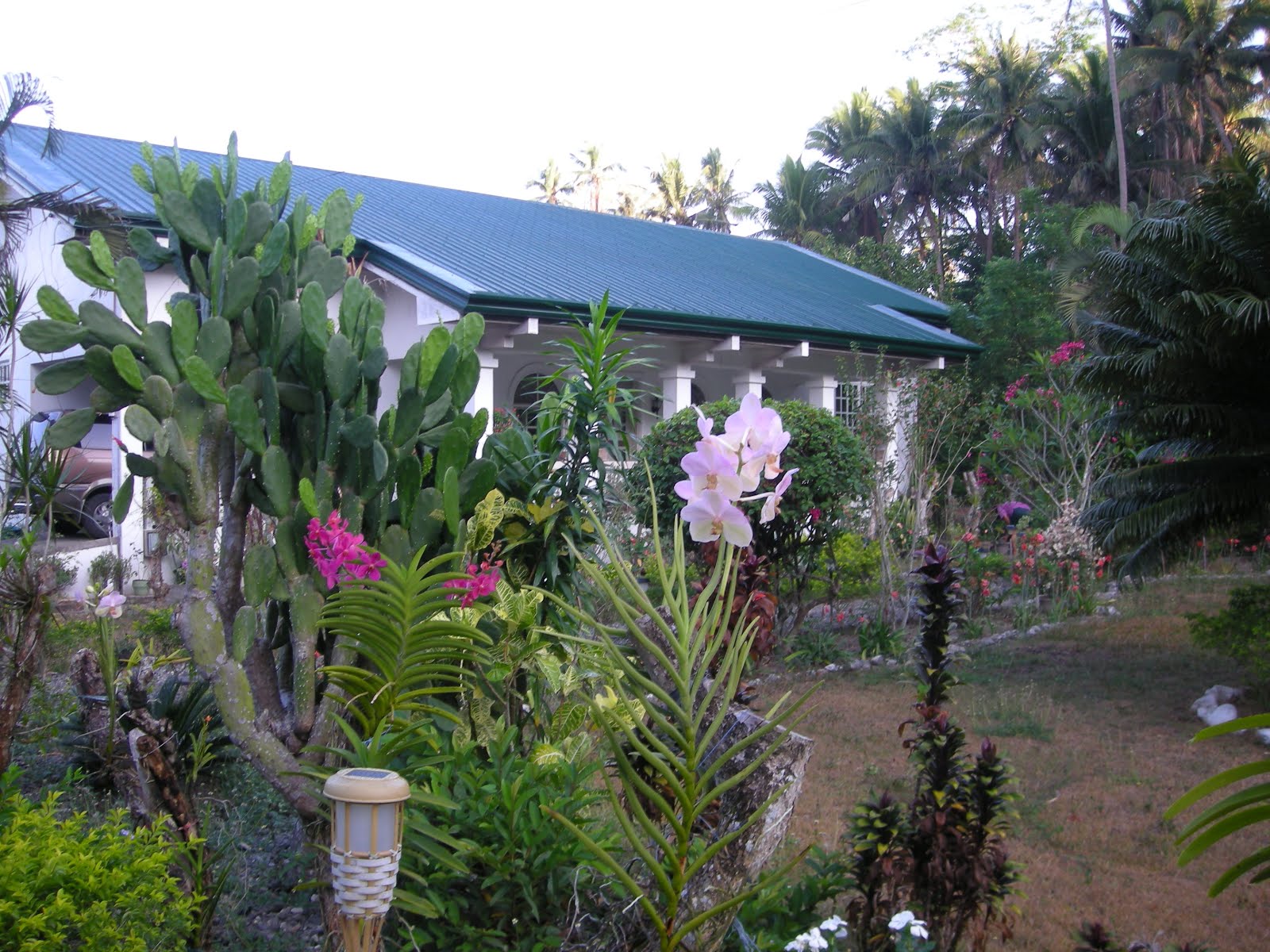
Have you ever dreamed of a railroad tour via a luxurious Oriental Express trains either in Mexico, Canada or Southeast Asia?
I do, it is in my bucket list of what to do before I die. But at this stage of my life, I doubt whether I will be able to do it. Suffice to say, I will be just contented watching it via the following videos. Come join me and enjoy this tour.
 The interior of a typical restored oriental express train for tourists
The interior of a typical restored oriental express train for touristsPersonal Note: As a child I was always fascinated by toy trains. However my first train long ride was from Manila to Naga City via the Bicol Express in the early 1950's. It was my summer vacation from my college days. My dormitory mate who was from Naga City invited me to attend the Penafrancia Fluvial Festival in his hometown. My recollection of the ride was that it quite long, comfortable and I enjoyed the rural scenery very much.
The train service was operated by the Philippine National Railways (PNR). This is a state-owned railway company in the Philippines, operating a single line of track on Luzon. As of 2010, it operates one commuter rail service in Metro Manila and a second in the Bicol Region. PNR restored its intercity service to the Bicol region in 2011. The Bicol Express and Isarog Express run on a daily basis between Manila and Ligao.
PNR began operations on November 24, 1892 as the Ferrocarril de Manila-Dagupan, during the Spanish colonial period, and later becoming the Manila Railroad Company (MRR) during the American colonial period. It became the Philippine National Railways on June 20, 1946 by virtue of Republic Act No. 4156. The PNR is an agency of the Department of Transportation and Communications.
PNR used to operate over 479 km (298 mi)of route from La Union up to Bicol. However, continued neglect in past decades reduced PNR's efficiency and railroad coverage. Persistent problems with informal settlers in the 1990s contributed further to PNR's decline. In 2006, Typhoons Milenyo and Reming caused severe damage to the network, resulting in the suspension of the Manila-Bicol services.
In 2007 the Philippine government initiated a rehabilitation project aiming to remove informal settlers from the PNR right-of-way, revitalize commuter services in Metro Manila, and restore the Manila-Bicol route as well as lost services in Northern Luzon. In July 2009, PNR unveiled a new corporate identity and inaugurated new rolling stock.

No comments:
Post a Comment